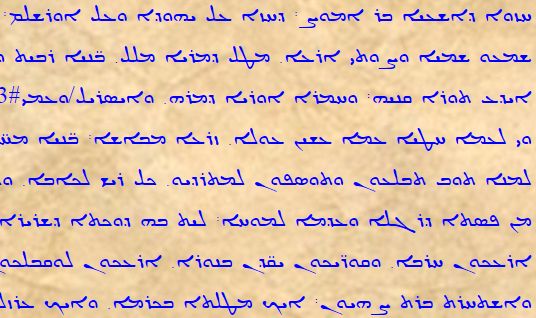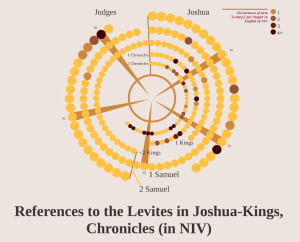We live in a happy age when Bible-related text resources that I as an Aussie would once have had to cross the seas to see are available in my web browser any time. Here are a few of my recent favourites, with a focus on resources for textual criticism:
Origen’s Hexapla
This great six-column comparative text-critical resource from the smartest, if not the most orthodox, thinker in the ancient church, Origen, was largely lost in subsequent centuries (many of his works were deliberately purged), but there is a portal that talks about a new forthcoming edition of the surviving fragments and offers links to previous editions of the great work: http://www.hexapla.org/
The Aleppo Codex
This manuscript’s bigger and younger brother, the Leningrad Codex, can be accessed in many Bible software packages and websites, and forms the basis of the diplomatic Hebrew text of Biblia Hebraica Stuttgartensia (in the process of being updated as Biblia Hebraica Quinta). But it isn’t so easy to get to the Aleppo Codex, also more than 1,000 years old and covering the majority of the Old Testament/Hebrew Bible. The Hebrew Univerity Bible offers an Aleppo Codex-based text, but only the Isaiah, Jeremiah and Ezekiel volumes were ever published to my knowledge. But now you can see it all visually at http://www.aleppocodex.org/, including those occasional places where your BHS apparatus identifies divergences between the major Masoretic manuscripts.
The Dead Sea Scrolls
I still love and regularly use the Leon Levy Dead Sea Scrolls Digital Library, where you can go and look directly at the Qumran textual evidence for a particular Old Testament textual question. Sometimes it all hangs on a letter, or even reconstructed line spacing without any extant letters! But so real, so…textual! E.g. Isaiah 1:15 from the Great Isaiah Scroll below:
You can personally check the evidence with your own eyes, if you know Hebrew in the Aramaic square script and once you get used to the particular style of the scribe.
The Old Testament in the Syriac Peshitta
This is not as easy to find on its website, being a bit buried in the site structure, but you can look at the Peshitta for any OT book and click on any word to get its analysis. I recommend you print off a chart of the Syriac alphabet in order to decipher the letters. The language actually works rather like biblical Hebrew, and if you’ve boned up on biblical Aramaic at all, you’re better prepared again, though you’ll need to come to terms with an unfamiliar script. A ready reference chart on your office wall helps.

This is part of the opening chapter of Isaiah, in a snapshot I saved for a class, though what my particular point was, I can’t remember now. Don’t be put off by how it looks. With a knowledge of Hebrew, a reference chart and the clickable analysis function, you can navigate your way to the particular word that relates to the textual issue you’re studying.







